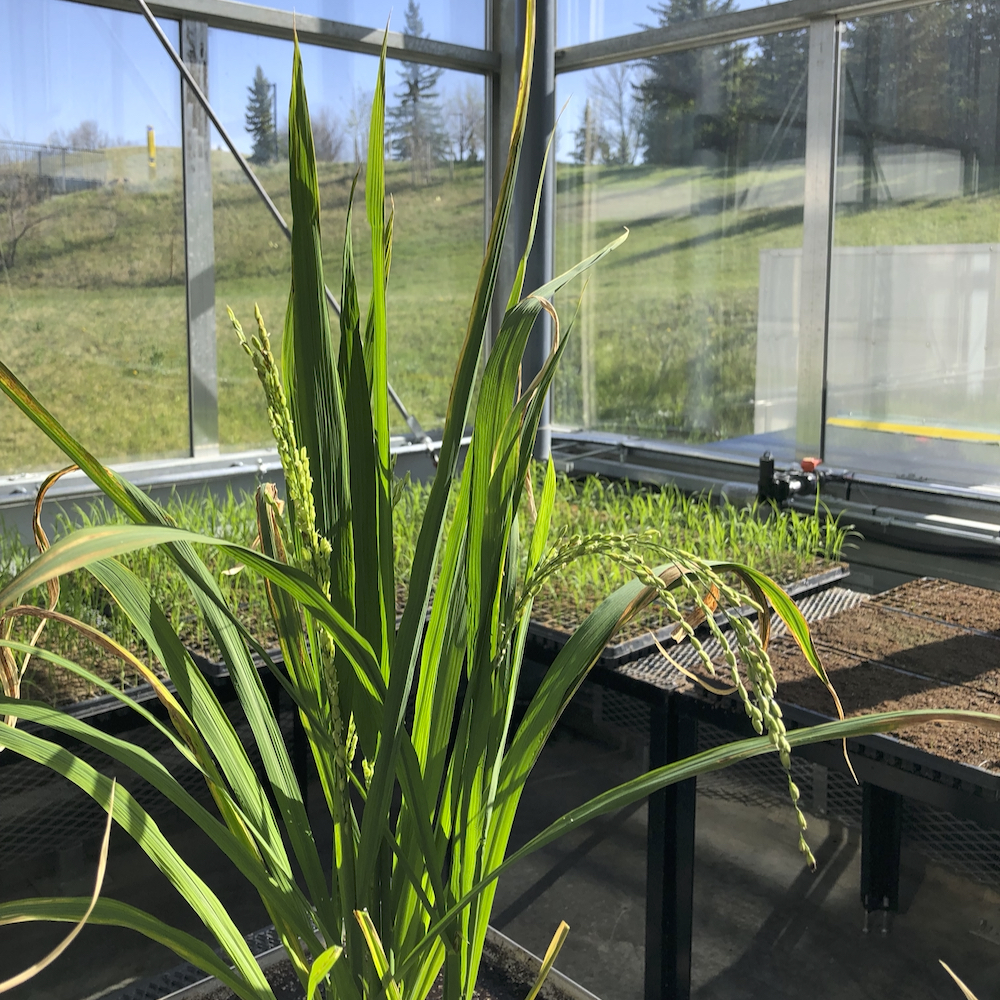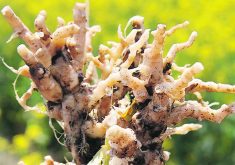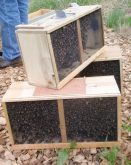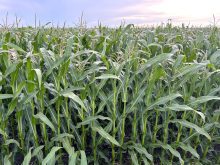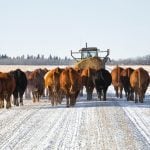Rice farming tends to conjure images of watered-filled paddies, water buffalo and sunlight breaking through lush south Asian greenery.
But a researcher has set out to grow rice in southern Alberta, although “it’s a little early to be excited about it,” said Michele Konschuh, a University of Lethbridge irrigated crop scientist.
She is working with Calgary-based Galaxy Ag Ventures, which spearheaded the proof-of-concept project. Farming Smarter, a Lethbridge non-profit providing farm-level innovation, is also involved.
Read Also

Canola’s clubroot success story
At one time, scientists, agronomists and growers were extremely worried clubroot would spread across the Prairies and devastate Canada’s canola industry.

“One of the big questions is how you are going to grow rice in Alberta,” said Konschuh, adding she didn’t come up with the idea. “I wasn’t all that confident when they first approached me, but they did bring some technology from Korea called seed film cultivation. It’s essentially a biodegradable plastic layer that they attach the seed to and lay over moist soil.”
Seed film helps warm soil and prevents moisture loss, and also inhibits weeds. But that still leaves the challenge of overcoming Alberta’s climate. Some rice varieties are better suited to lower temperatures and a shorter growing season, said Konschuh, but a major hurdle is Alberta’s long summer days.
In the end, irrigation would be needed to grow rice here. Because of crop transpiration, rice requires a similar amount of water as potatoes, corn or sugar beets.
Research is being done this year using field test strips, with Galaxy Ag providing the funding and Farmer Smarter the land, technological expertise and equipment. A U of L undergraduate student was hired to work on the project.
Multiple planting methods were used: using the seed film; transplanting plants from a greenhouse; and direct seeding. The team is using overhead pivot and subsurface drip irrigation, with the former being the most effective.
“All three methods of planting have been successful so far,” said Konschuh, adding she is uncertain whether the rice plants will reach seed production and maturation this fall.
“These are early steps, and the nice thing is the Niagara region and B.C. have successfully grown rice. In B.C., they grow it to produce sake, so it’s grown for alcohol production.
“So we know rice can grow in Canada. What we don’t know is if rice can grow in Alberta.”
Galaxy Ag Ventures is a strategic investment company and agri-food developer interested in rice-based non-gluten products (such as oil, protein and starch) that are in high demand because more people are identifying as gluten intolerant.
“Galaxy Ag Ventures wants to capitalize on having that trusted production as a base to produce rice that they could potentially fractionate for these ingredients for other food products,” said Konschuh. “So, I think that’s their focus, not so much to displace imports of rice for domestic use. So this first step, of course, is to figure out if we can grow rice here.”
If the program is successful and Alberta farmers begin growing commercial quantities of rice, the crop would be harvested using combines, said Konschuh, adding the U.S. is the fifth largest producer of rice in the world.
“When you harvest, it looks a lot like a chubby barley. It’s harvested in the same way as cereal crops. So the nice thing is for seeding, if we direct seed, and for harvest, the equipment is already here. Rice is a little more abrasive. It seems to have a fairly high amount of silica in it.”
All U.S. rice is produced in irrigated fields, achieving some of the highest yields in the world, says the USDA on its website. American growers seed aerially in flooded fields, or drill or broadcast seed into dry fields.
Pivot irrigation might be best option here.
“At this time, the overhead pivot is looking as good or better than the subsurface strips right now,” said Konschuh.
It’s great to hear of a new potential crop for Alberta, said Alex Melnitchouck, chief technology officer of digital agriculture at Olds College.
Plant breeders will have to come up with suitable varieties and there will undoubtedly be many logistical issues, too, but those are challenges that can be overcome.
“Of course it’s possible,” said Melnitchouck. “If you look at the introduction of corn varieties and hybrids, if you look where corn is originally from, it’s definitely not a Canadian crop.”

